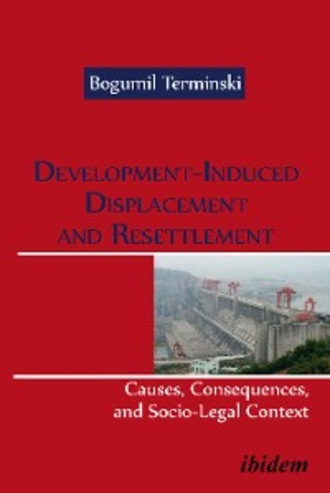Development-Induced Displacement and Resettlement: Causes, Consequences, and Socio-Legal Context

Полная версия
Development-Induced Displacement and Resettlement: Causes, Consequences, and Socio-Legal Context
Настройки чтения
Размер шрифта
Высота строк
Поля
Конец ознакомительного фрагмента
Купить и скачать всю книгу
